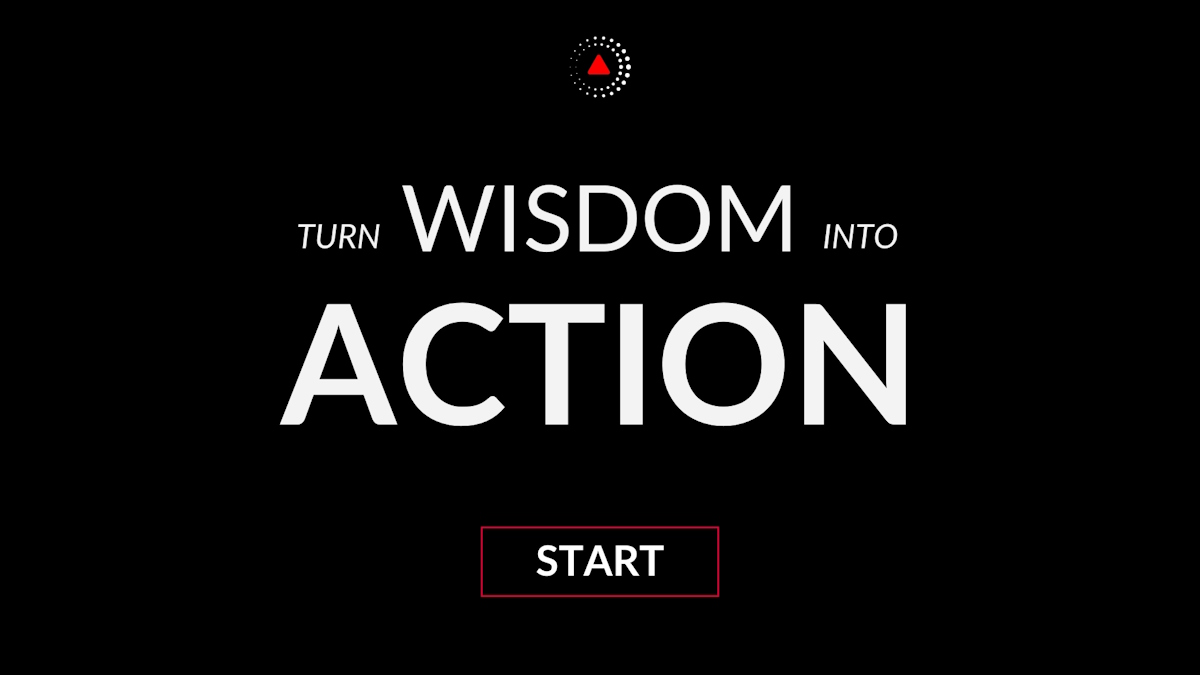Make everything as simple as possible, but not simpler.
What's the meaning of this quote?
Quote Meaning: This quote encapsulates a profound principle of simplicity in design, thought, and problem-solving, often attributed to the renowned scientist Albert Einstein. At its core, it suggests the pursuit of simplicity without sacrificing essential complexity.
The first part, "Make everything as simple as possible," advocates for simplicity as a guiding principle. It encourages us to streamline processes, trim unnecessary elements, and find elegant solutions to complex problems. This aspect of the quote reflects a universal truth: simplicity often leads to clarity, efficiency, and effectiveness. By simplifying, we reduce confusion, minimize errors, and enhance understanding.
However, the second part, "but not simpler," adds a crucial caveat. It warns against oversimplification, emphasizing the importance of retaining essential complexity. In certain contexts, oversimplification can lead to misunderstanding, oversight of critical details, or even distortion of truth. Thus, while simplicity is valuable, it must be balanced with the need to capture the full richness and intricacy of reality.
In essence, this quote advocates for a delicate equilibrium between simplicity and complexity. It encourages us to strive for elegant solutions that are clear and straightforward without disregarding the nuanced complexities inherent in many situations. Achieving this balance requires discernment, critical thinking, and a deep understanding of the problem at hand.
For example, in design, adhering to this principle means creating products or systems that are user-friendly and intuitive, yet robust and capable of handling diverse scenarios. In communication, it entails conveying information concisely while ensuring accuracy and avoiding oversimplification that may lead to misinterpretation.
Moreover, in scientific inquiry, this principle guides researchers to seek simple explanations for observed phenomena while acknowledging the underlying complexities of natural systems. It reminds us that while simplicity often serves as a powerful heuristic for understanding the world, we must remain vigilant against the temptation to oversimplify complex phenomena.
Overall, this quote encapsulates a timeless wisdom applicable across various domains of human endeavor. It serves as a reminder to embrace simplicity without sacrificing depth, to seek clarity without overlooking complexity, and to navigate the intricate balance between the two in pursuit of elegant solutions and profound understanding.
Who said the quote?
The quote "Make everything as simple as possible, but not simpler." is often attributed to Albert Einstein (Bio / Quotes). Albert Einstein was a German physicist and Nobel Prize winner who is widely regarded as one of the most influential scientists in history.
Applying the quote to your life
Unlock Einstein's wisdom and apply it to your life by getting the in-depth Albert Einstein Workbook & Study Guide, complete with top quotes, insightful commentary, reflective questions, and practical uses for everyday life. 👇
To apply more wisdom, get the All-Access Pass, which includes hundreds of study guides from the world's top minds. These include deep insights from individuals such as Nelson Mandela, Steve Jobs, and Albert Einstein, as well as some of the top authors and personal development books.
What are Albert Einstein's Best Quotes?
Watch on Elevate's YouTube channel and be sure to subscribe for more wisdom and insights from the world's top minds.
Subscribe on YouTube to get the latest quote videos delivered straight to you:
Is there a historical example that illustrates the message of the quote?
One historical example that vividly illustrates the quote "Make everything as simple as possible, but not simpler" is the development of the atomic bomb during World War II.
The Manhattan Project, which led to the creation of the atomic bomb, was a colossal scientific and engineering effort involving some of the brightest minds of the era. The goal was to develop a weapon of unprecedented power, and this required simplifying the complex processes of nuclear physics into practical engineering solutions.
J. Robert Oppenheimer, one of the key figures in the project, understood the importance of simplicity in design. The bomb's design needed to be straightforward enough to ensure it could be built and deployed reliably, but not so simplistic that it compromised its effectiveness. The scientists and engineers had to balance the theoretical complexities of nuclear fission with the practical requirements of creating a functional weapon.
The "Little Boy" bomb dropped on Hiroshima, for instance, was a relatively simple design using uranium-235. It had to be designed to achieve a supercritical mass in a controlled manner. Simplifying the design was crucial for its practical use, but the complexity of ensuring a reliable chain reaction was a challenge they had to master. The bomb's simplicity in design was purposeful, but its underlying physics and engineering were complex, reflecting the need for a balance between simplicity and complexity.
This example shows how critical it is to make things as simple as possible to achieve practical solutions without stripping away essential complexities that are necessary for effectiveness.
How can the quote be applied in a real-life scenario?
The quote "Make everything as simple as possible, but not simpler" can be applied to many real-life scenarios, from problem-solving in business to everyday decision-making.
Consider a business developing a new software application. The team must balance user-friendly design with the software's functionality. For the application to be successful, it needs a straightforward, intuitive interface that users can navigate easily. However, this simplicity should not come at the cost of important features or functionality.
If the design team makes the interface too simplistic, users might find it lacking critical features that they need. On the other hand, if the team adds too many complex features without considering usability, the software might become overwhelming and difficult to use. The challenge is to simplify the interface while retaining the essential functionalities that users require to perform their tasks efficiently.
Another example can be seen in communication. When explaining a complex concept to someone, such as a new policy at work or a scientific theory, it’s important to simplify the explanation so the person can understand it. However, oversimplifying can lead to misunderstandings or incomplete information. The goal is to distill the concept to its essence while ensuring that no crucial details are omitted.
In both scenarios, the key is to strike a balance. Simplify processes, designs, or explanations to make them accessible and practical, but ensure that essential elements and complexities are retained. This approach helps to avoid confusion and ensure that solutions are both effective and user-friendly.
Chief Editor
 Tal Gur is an author, founder, and impact-driven entrepreneur at heart. After trading his daily grind for a life of his own daring design, he spent a decade pursuing 100 major life goals around the globe. His journey and most recent book, The Art of Fully Living, has led him to found Elevate Society.
Tal Gur is an author, founder, and impact-driven entrepreneur at heart. After trading his daily grind for a life of his own daring design, he spent a decade pursuing 100 major life goals around the globe. His journey and most recent book, The Art of Fully Living, has led him to found Elevate Society.






















